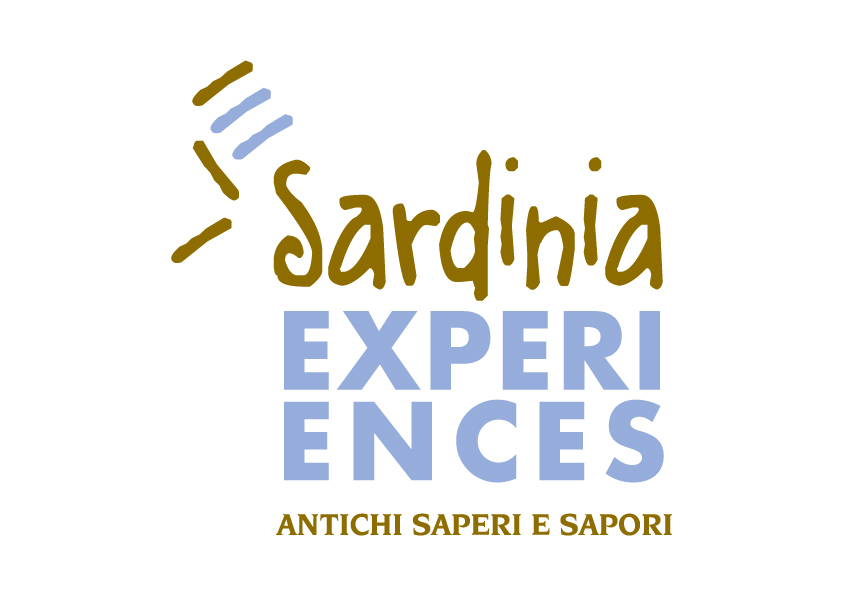Historical notes
Tuili and Genuri. A brief historical overview
Tuili is a small village situated at the foot of the Giara Plateau, nestled among the hills of Marmilla. The local economy is predominantly based on agriculture.
The territory of Tuili encompasses part of the Giara Plateau, which features the largest swamp (Pauli Majori) and the highest peak (Zepparedda, 609 metres above medium sea level, or 2,001 feet). The Giara Plateau boasts a rich variety of vegetation, including extensive forests and, notably, extensive Mediterranean scrubland. It is not uncommon to observe wild horses grazing in this area.
The ridge at the base of the Giara Plateau is home to a number of centuries-old olive trees.
The historic centre features the Parish of St. Peter the Apostle, which houses the retable by the Master of Castelsardo, a diatonic organ by Mancini dated 1756, and a Baroque altar from 1800.
The historical centre is meticulously maintained and is defined by its traditional rural dwellings, made of “ladiri”—mud and straw bricks—and featuring stunning “lollas”—large loggias with cobblestone floors known as “s’impedrau”. Two elegant Neoclassical buildings stand out: Villa Pitzalis and Villa Asquer. The latter houses the Olive and Oil Museum, which displays period images, narratives, and work tools, as well as the Museum of Sardinian Musical Instruments, where a prominent place is reserved for the launeddas.
Genuri is located at the foot of the Giara of Gesturi, surrounded by wheat fields and centuries-old olive trees that produce high-quality oil. It is a small agricultural centre with a population of 300 situated in the heart of Marmilla. The area has been inhabited since the Nuragic era, as evidenced by the ruins of the nuraghes, including the Nuraghe Santu Marcu, located near the rural church dedicated to Saint Mark.
The houses are a typical example of the Campidanese style, built with raw bricks on the upper floors and stone on the lower levels. The rooms open onto an inner courtyard with arcades (known as “sa lolla”). Several religious festivals are held in Genuri, dedicated to St. Mark, St. Domino, and in honour of Our Lady of Monserrato (sa Munzerrada). These also feature the preparation of traditional bread and cakes.
The village is crossed by the Rio Saduru, which rises from the Giara di Gesturi, a vast basalt and limestone plateau surrounded by steep cliffs and dotted with temporary ponds.
Alongside agro-food products, the artisanal bakery Sa Moddixia offers traditional bread made exclusively from Cappelli wheat semolina, baked in a wood-fired oven. The fresh offerings include “Civraxiu,” “Coccoi,” “Lada,” and “Carogghedda.





